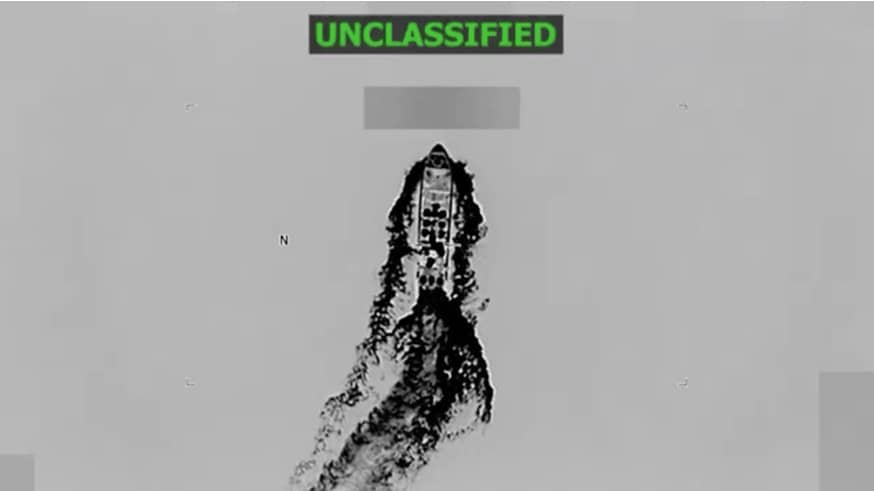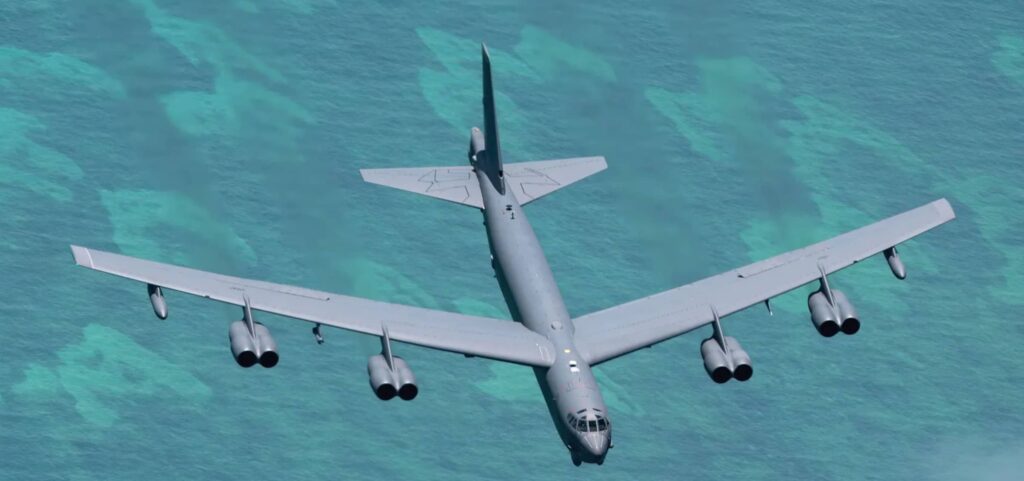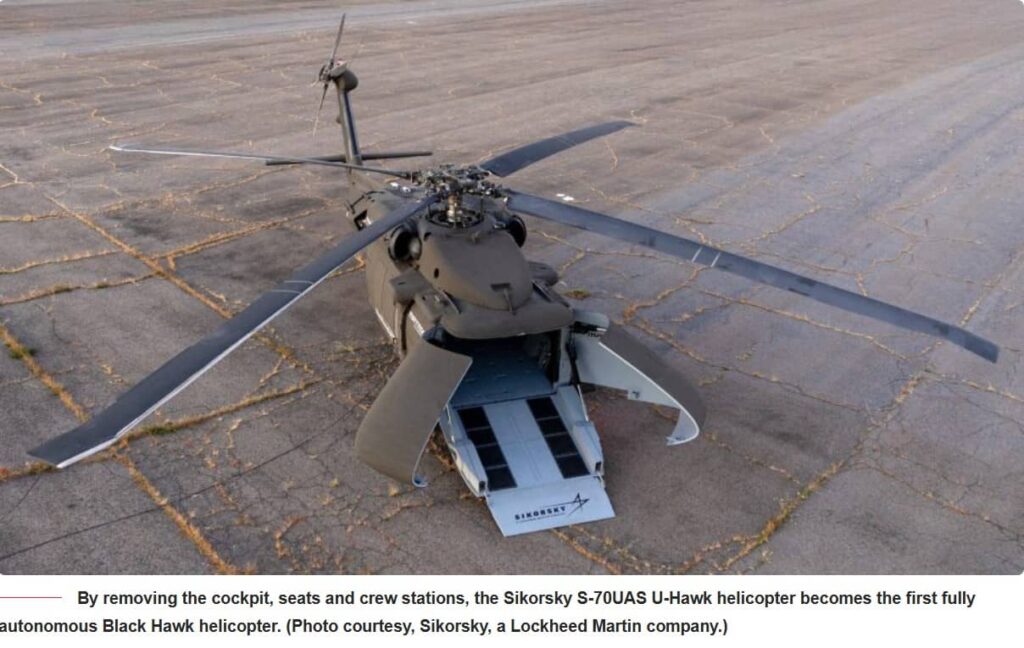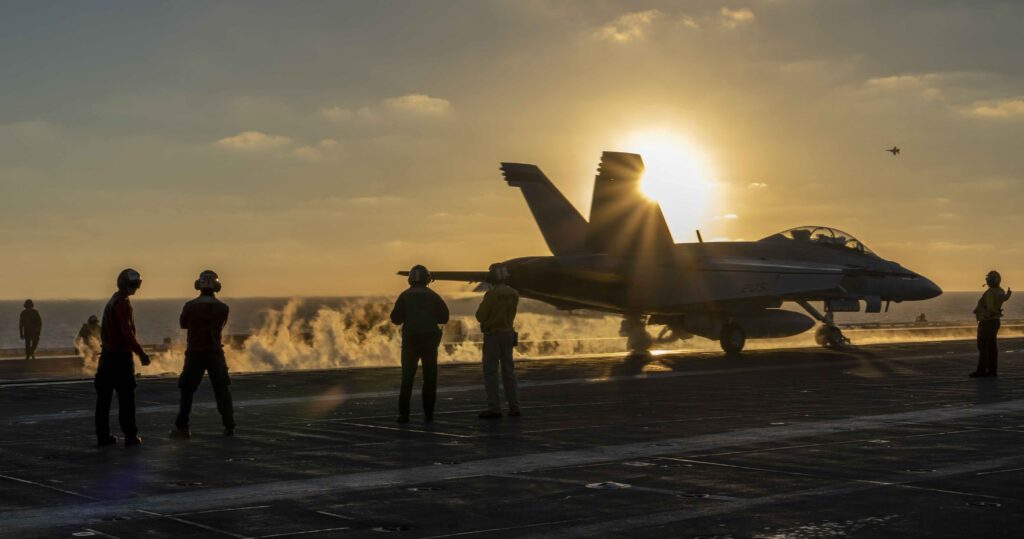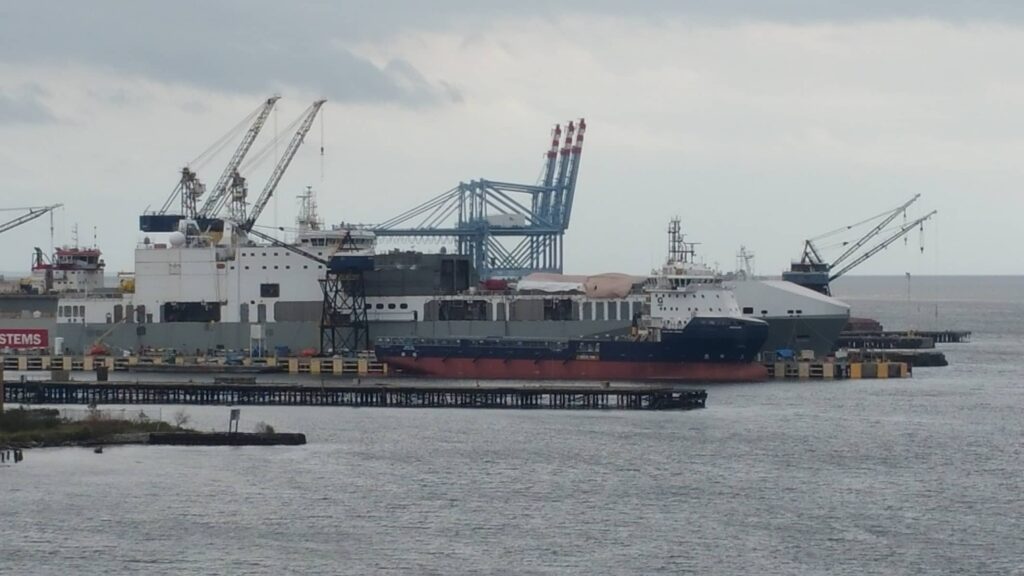Venezuela’s Kh-31 Missile Capability
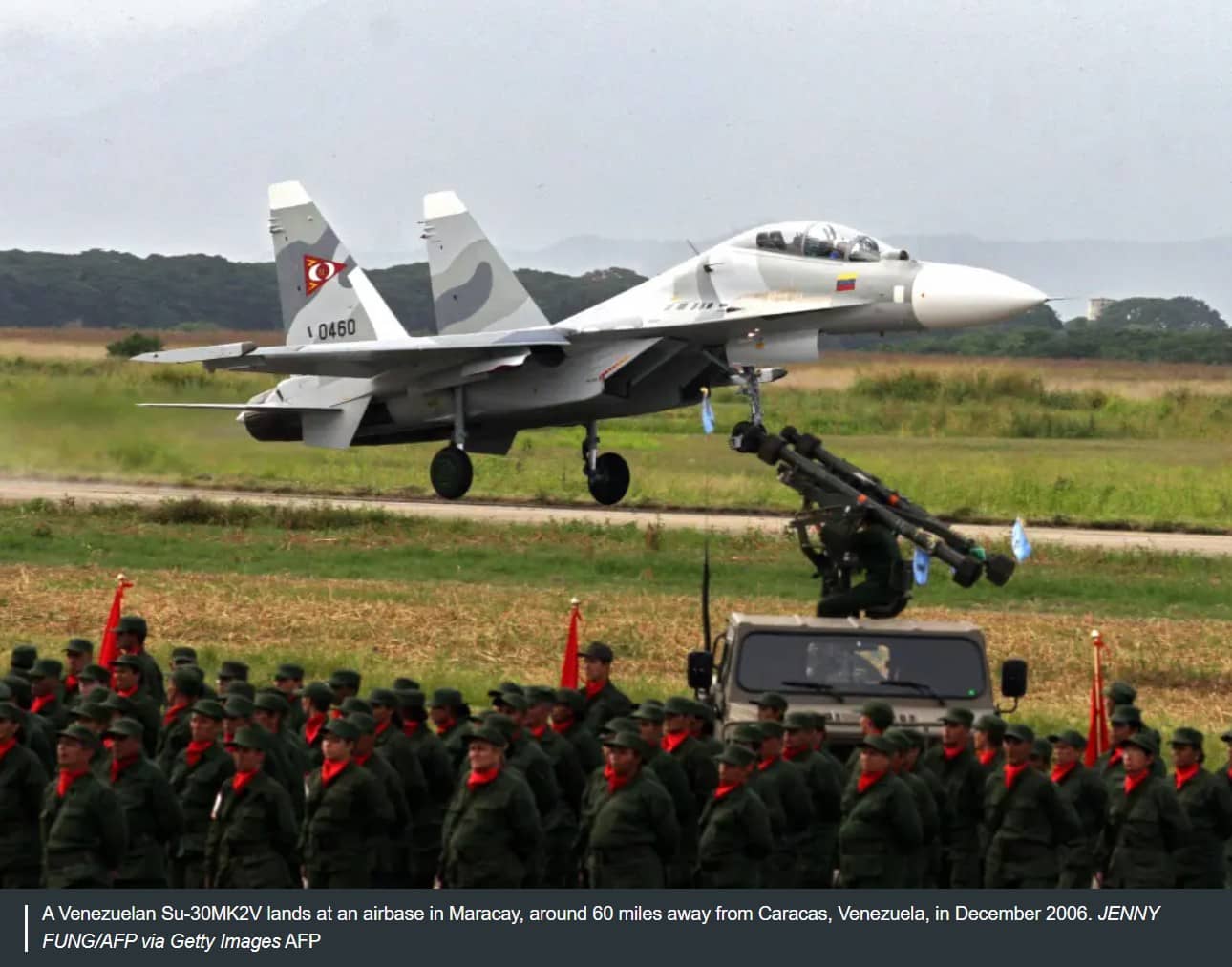
The deployment of American warships off Venezuela’s coast is not a casual maneuver but a calculated response to a tangible threat posed by the Russian-made Kh-31 missile, known to NATO as the AS-17 Krypton. This high-speed, ramjet-powered weapon exists in two primary variants: the anti-radiation Kh-31P, designed to neutralize radar systems, and the anti-ship Kh-31A, which poses a direct threat to naval vessels. Given the persistent speculation about potential U.S. military intervention in Venezuela, driven by political tensions and strategic interests, the Kh-31’s role in Venezuela’s military arsenal warrants a detailed examination to understand its implications for regional security.
The Kh-31 is operated by Venezuela’s air force, the Aviación Militar Bolivariana Venezolana (AMBV), using its fleet of Su-30MK2V Flanker multirole fighters. Between 2006 and 2008, Venezuela acquired 24 of these advanced aircraft from Russia, with 21 still in service today. While it is not entirely confirmed whether both the Kh-31P and Kh-31A variants were supplied, official AMBV footage has prominently featured Su-30s armed with the anti-ship Kh-31A patrolling Venezuela’s coastline. These displays, often disseminated through state media, appear to serve as a deliberate signal to the United States, projecting strength and readiness to counter potential aggression. Venezuela has further emphasized its capabilities through publicized quick reaction alert (QRA) drills, showcasing the rapid deployment of these missile-armed fighters. Intriguingly, the Kh-31P, primarily an anti-radiation missile, could also be employed in an anti-ship role by targeting the radar systems of naval vessels, adding a layer of versatility to Venezuela’s arsenal.
The origins of the Kh-31 trace back to the late 1970s in the Soviet Union, where it was developed to address the growing sophistication of Western air defense systems. The missile was designed to counter threats like the U.S. Army’s Patriot surface-to-air missile system and the U.S. Navy’s Aegis combat system, both of which represented cutting-edge technology at the time. The Kh-31’s ramjet propulsion enables it to achieve supersonic speeds, making it a formidable weapon for both anti-radiation and anti-ship missions. Its ability to home in on radar emissions or directly target ships enhances its strategic value, particularly in a coastal defense scenario.
Venezuela’s possession of the Kh-31, particularly the anti-ship variant, significantly alters the regional security dynamic. The missile’s high speed and precision make it a credible threat to naval operations, compelling U.S. forces to adopt heightened defensive measures. The AMBV’s Su-30s, equipped with these missiles, provide Venezuela with a potent deterrent, capable of challenging naval assets operating in its territorial waters or beyond. The public nature of Venezuela’s missile displays, combined with its QRA drills, suggests a deliberate strategy to project power and dissuade foreign intervention.
In the broader context, the presence of U.S. warships near Venezuela reflects a complex interplay of military posturing and strategic signaling. The Kh-31’s capabilities, paired with the Su-30 platform, give Venezuela a credible means to counterbalance U.S. naval power in the region. While the exact number of Kh-31 missiles in Venezuela’s inventory remains undisclosed, their integration into the AMBV’s operations underscores a commitment to maintaining a robust defense posture. As tensions persist, the Kh-31’s role as both a defensive and offensive asset will likely remain a focal point in assessing the potential for escalation in U.S.-Venezuela relations. This missile, with its Soviet-era roots and modern applications, continues to shape the strategic calculus in the Caribbean. (Read More)



